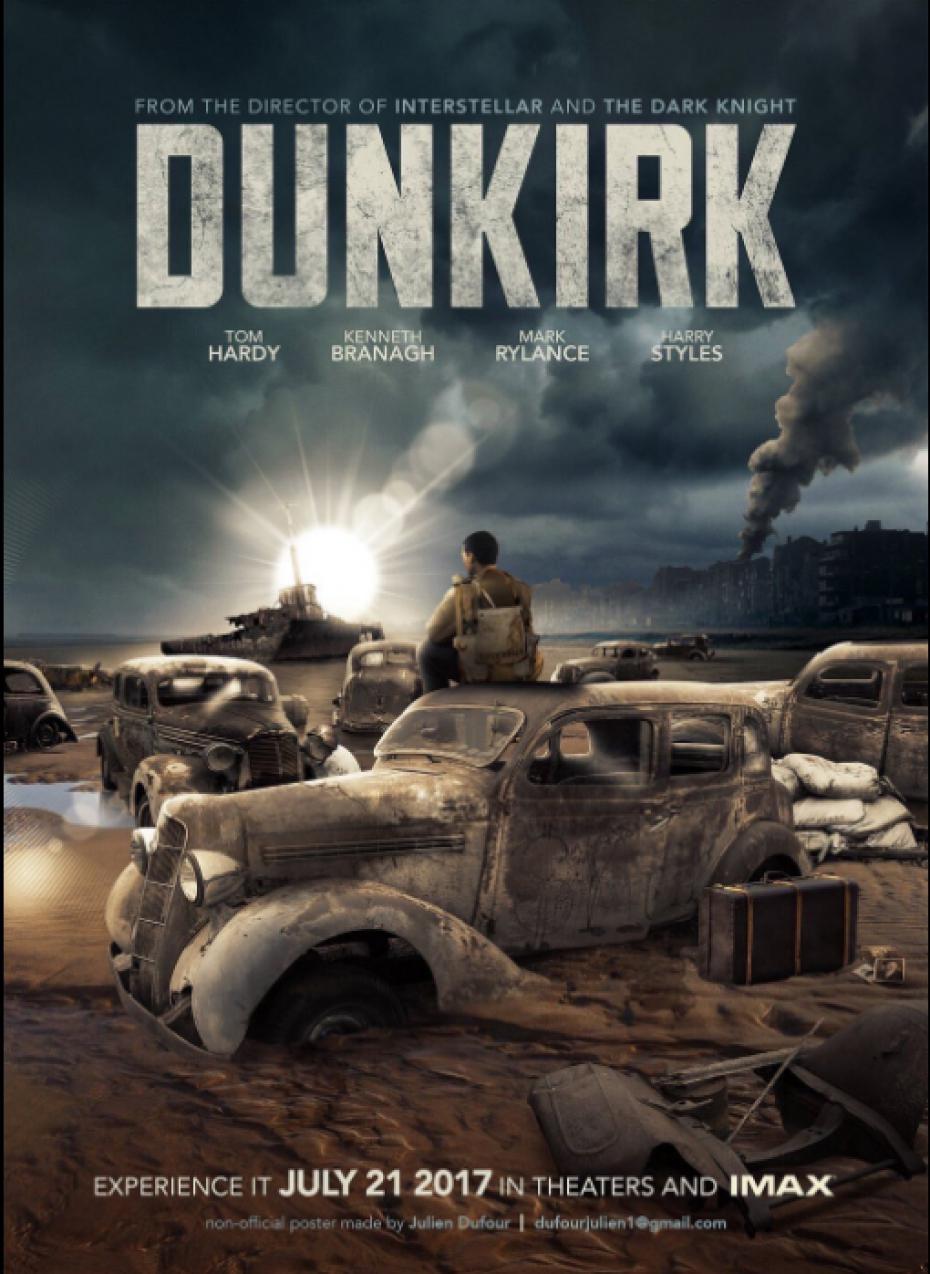

In January 2014, Sholay was re-released to theatres in the 3D format. The film's dialogues and certain characters became extremely popular, contributing to numerous cultural memes and becoming part of India's daily vernacular. Burman, and the dialogues (released separately), set new sales records. The combined sales of the original soundtrack, scored by R. Scholars have noted several themes in the film, such as glorification of violence, conformation to feudal ethos, debate between social order and mobilised usurpers, homosocial bonding, and the film's role as a national allegory. Sholay is also a defining example of the masala film, which mixes several genres in one work. The film is a Dacoit Western (sometimes called a " Curry Western"), combining the conventions of Indian dacoit films with that of Spaghetti Westerns along with elements of Samurai cinema. By numerous accounts, Sholay remains one of the highest-grossing Indian films of all time, adjusted for inflation.

It was the highest-grossing Indian film ever at the time, and was the highest-grossing film in India up until Hum Aapke Hain Koun.! (1994). The film was also an overseas success in the Soviet Union. It broke records for continuous showings in many theatres across India, and ran for more than five years at Mumbai's Minerva theatre.

When first released, Sholay received negative critical reviews and a tepid commercial response, but favourable word-of-mouth publicity helped it to become a box office success. In 1990, the original director's cut of 204 minutes became available on home media. After the Central Board of Film Certification mandated the removal of several violent scenes, Sholay was released with a length of 198 minutes. The film was shot in the rocky terrain of Ramanagara, in the southern state of Karnataka, over a span of two and a half years. In 2005, the judges of the 50th Filmfare Awards named it the Best Film of 50 Years. It was ranked first in the British Film Institute's 2002 poll of "Top 10 Indian Films" of all time. Sholay is considered a classic and one of the best Indian films. Hema Malini and Jaya Bhaduri also star, as Veeru and Jai's love interests, Basanti and Radha, respectively.

The film is about two criminals, Veeru ( Dharmendra) and Jai ( Amitabh Bachchan), hired by a retired police officer ( Sanjeev Kumar) to capture the ruthless dacoit Gabbar Singh ( Amjad Khan). Embers) is a 1975 Indian Hindi-language action-adventure film written by Salim–Javed, directed by Ramesh Sippy, and produced by his father G.


 0 kommentar(er)
0 kommentar(er)
